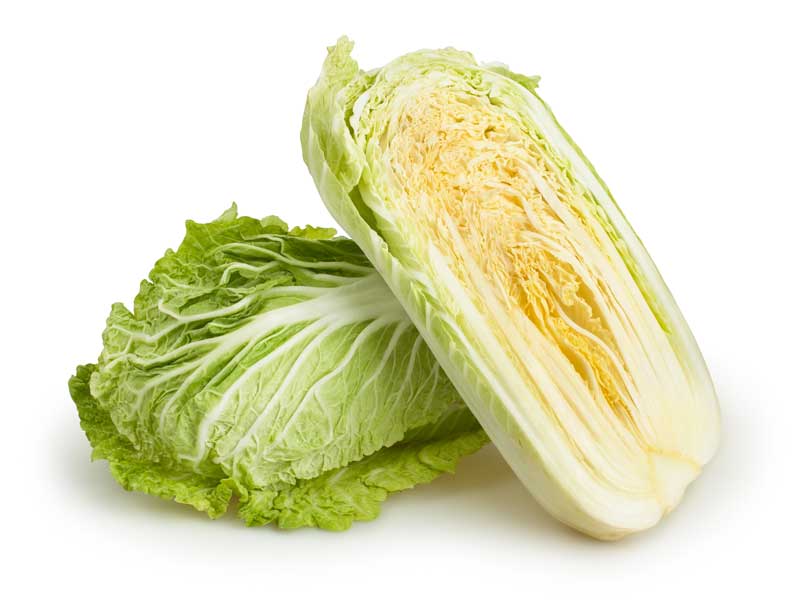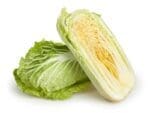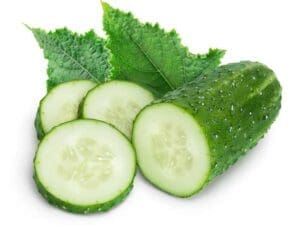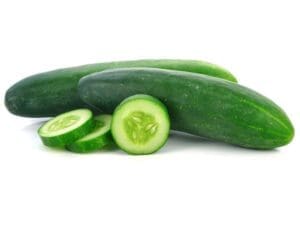CABBAGE ‘Chinese’ Vegetable Seeds
Botanical Name: Brassica rapa subsp. pekinensis
Important Notice: These seeds have been treated with a fungicide (Thiram). Do not consume the seeds or feed them to animals. Fungicide treatment is a requirement under AQIS regulations for certain seed varieties. This treatment does not affect the growth of your crops or pose a risk to beneficial insects like bees. We make every effort to source untreated seed stock whenever possible; however, availability in Australia is extremely limited.
- Popular variety known for its tender, sweet leaves and crisp texture.
- Produces elongated, tightly packed heads ideal for stir-fries, salads, and pickling.
- Rich in vitamins C and K for a nutritious boost.
- Fast-growing and easy to cultivate in diverse climates.
- Resistant to common cabbage diseases, ensuring healthy harvests.
- Can be picked young as baby greens or left to form mature heads.
- Excellent for home gardens and larger vegetable plots.
Plant Details
- Plant Type: Annual leafy vegetable
- Plant Height: 30–45 cm
Sowing Information
- Germination: 7–14 days (optimal soil temperature 10–35°C)
- Depth: 0.5–1 cm deep
- Position: Full sun to partial shade
- Sow Where: Direct into garden beds or seed trays for transplanting
- Soil Type: Well-drained, fertile soil with pH 6–7; enrich with compost
- Spacing: 30–45 cm between plants, rows 45–60 cm apart
Growing Tips
- Water regularly to keep soil consistently moist, especially in warm weather.
- Mulch to conserve moisture and reduce weed growth.
- Harvest outer leaves young or wait for fully formed heads.
Harvest
60–90 days after sowing. Harvest when heads are firm and well-developed.
When to Sow Chinese Cabbage in Your Climate
| Climate Zone | Best Planting Time | Tips |
|---|---|---|
| Temperate | All year round | Sow in succession for a steady supply. Protect seedlings from heat in summer. |
| Subtropical | All year round | Best during cooler months. Provide shade in hot weather. |
| Tropical | February–November | Avoid peak summer heat. Water consistently to prevent bolting. |
| Cool | August–March | Sow after frost risk. Prefers cool growing conditions. |
| Arid | April–June | Grow during milder months. Mulch well to keep soil cool. |




